2 Apr 2025
Thailand Tourism Festival showcases the Power of Peace, Unity and Harmony
Bangkok — The Thailand Tourism Festival, the kingdom’s annual celebration of nationwide travel offerings, had a strong focus on sustainability this year. Net-zero, carbon neutrality, recycling, were all the “In” thing. Its real value, however, was underscoring Travel & Tourism’s most important contribution to sustainability — SDG #16 peace and its first cousins, socio-cultural harmony and unity.
I visited the fair on its closing day, March 30. That was two days after the March 28 earthquake and the day of Eid Ul-Fitr, the end of the fasting month of Ramadan. Both made it a good time to reflect on the future of tourism to Thailand, a country I call “The Greatest Story in Global Tourism HiSTORY”. Not because it chalks up good visitor arrivals but because it is the best case-study example of the role of tourism in nation-building.
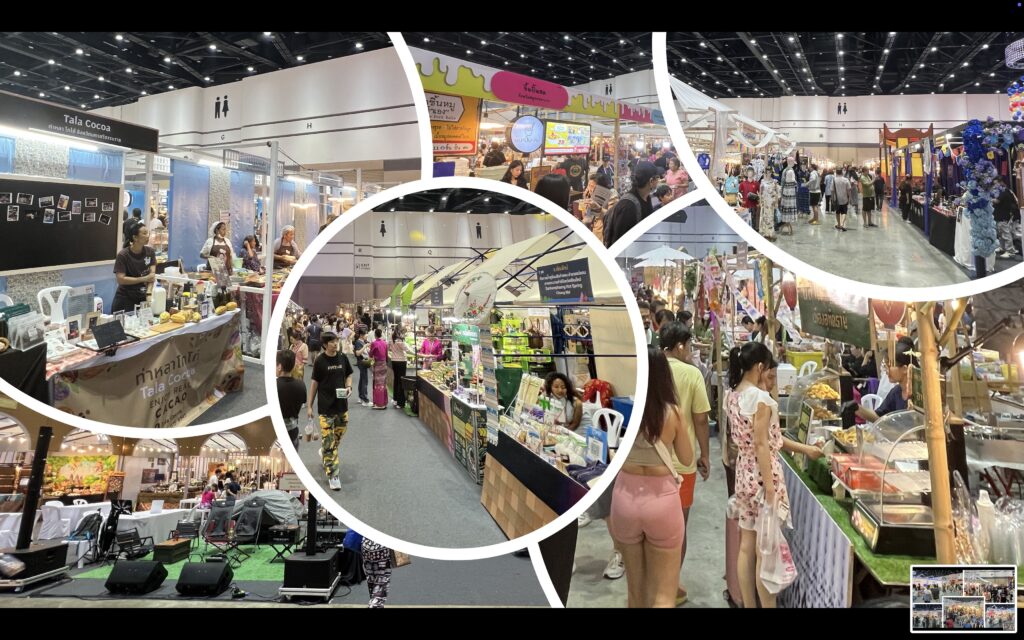
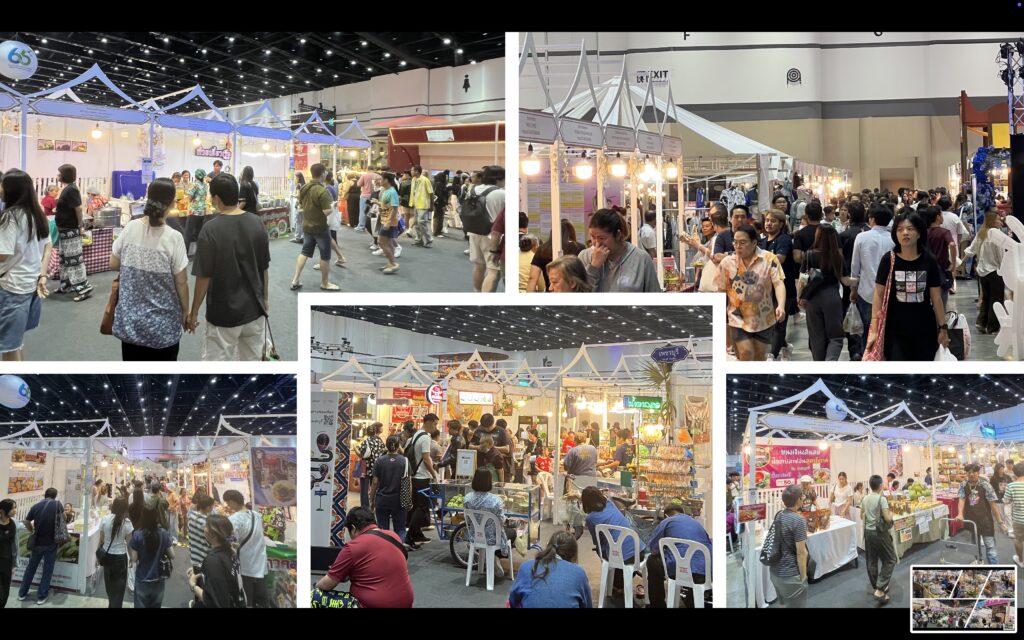
Nation-building is impossible without peace, and tourism refers to itself as an Industry of Peace. The Thailand Tourism Festival showcased this theme, seamlessly uniting the vibrant colours, culture, cuisine and civilisational heritage of all the five regions under one roof.
In sharp contrast to Thailand’s deep political divisions, the TTF proved that tourism can be a real force to bind and bond the kingdom and strengthen national identity.
When the Festival was founded in 1983, under the late Tourism Authority of Thailand Governor Col Somchai Hiranyakit, its main objective was to help alleviate poverty, promote emerging provincial destinations, distribute income nationwide and benefit the grassroots of society at the community level. That objective remained in place until recently when “sustainability” became the focus buzzword.
On the surface, this focus is excessively environmental — energy and waste reduction, climate action, preservation and conservation. In fact, the TTF 2025 was far more comprehensive, upholding many of the socio-cultural SDGs, such as health, education and responsible consumption to innovation and infrastructure.
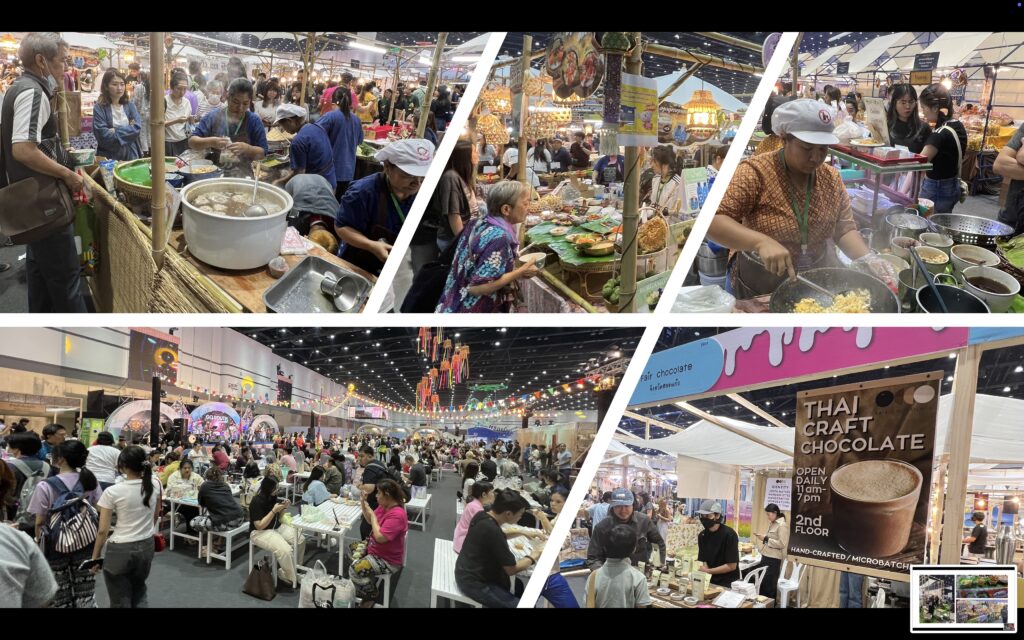
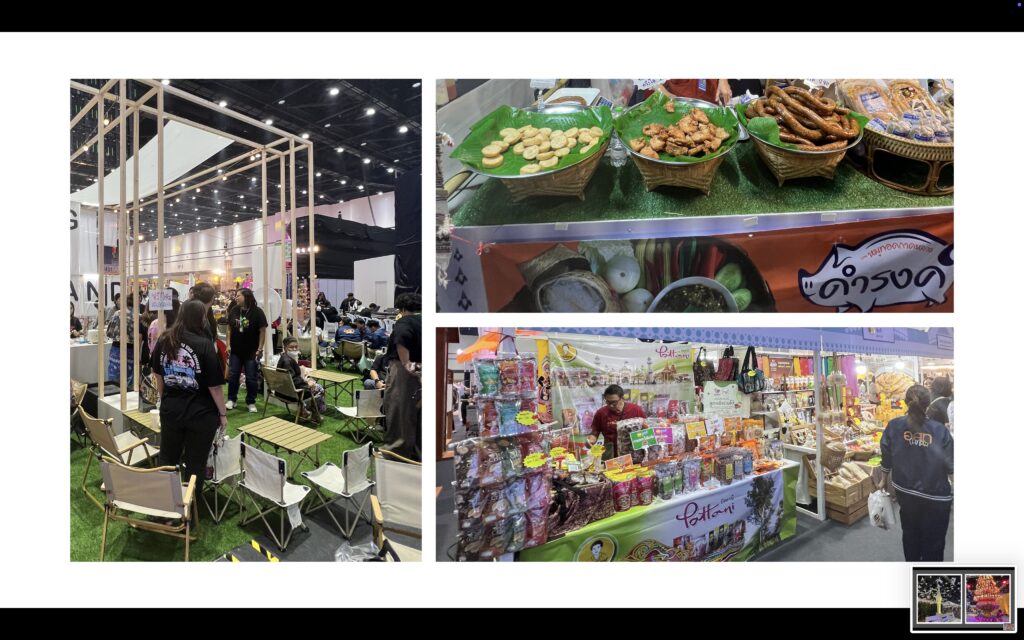
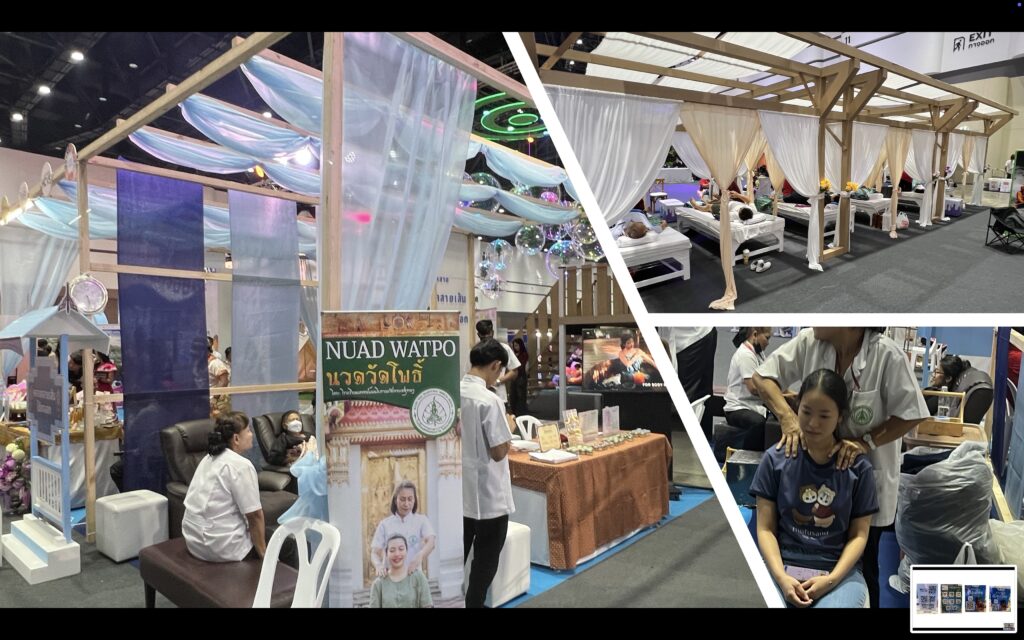
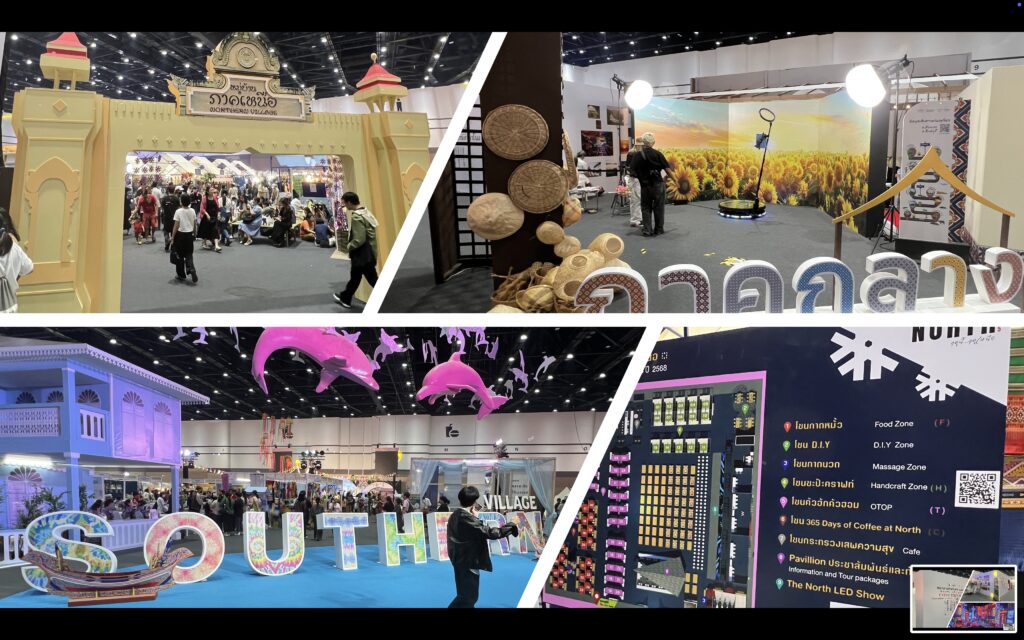
The more than 500 booths were all small and medium sized enterprises, each manned by an average of two people, mostly women, which means at least 1,000 jobs and hundreds more indirect jobs if support convention centre staff, such as engineers, a/v technicians, security, etc., are added.
All the money went directly to the stall-owners, minus any commissions, marketing fees, franchise payments, etc. Visitors at the Festival included families, senior citizens and children, contributing to human well-being. Children could play, learn and participate in workshops. Visitors could buy, shop, eat, get a massage or just have fun.

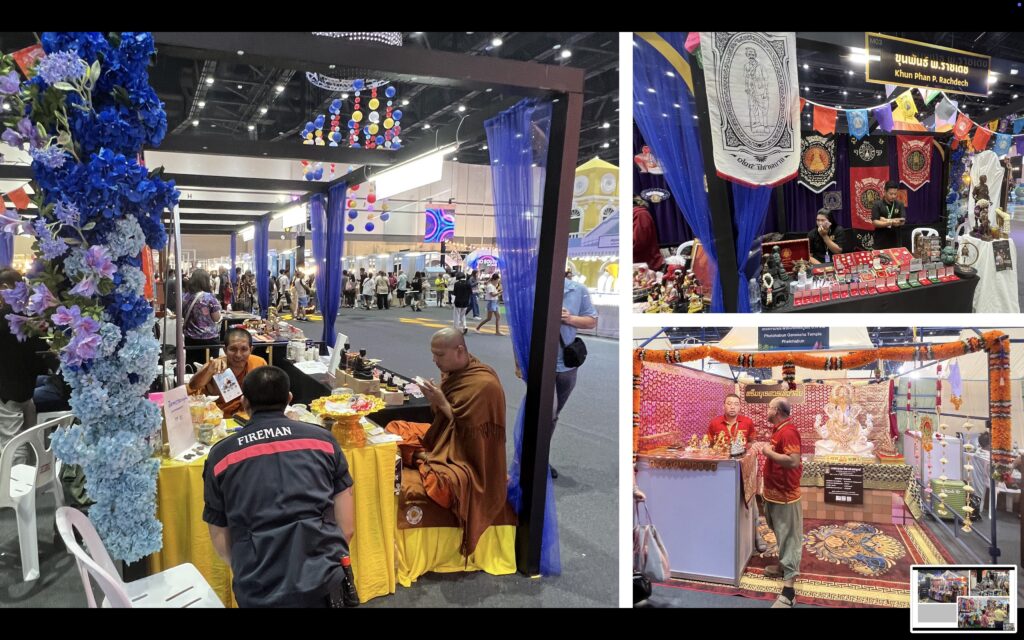
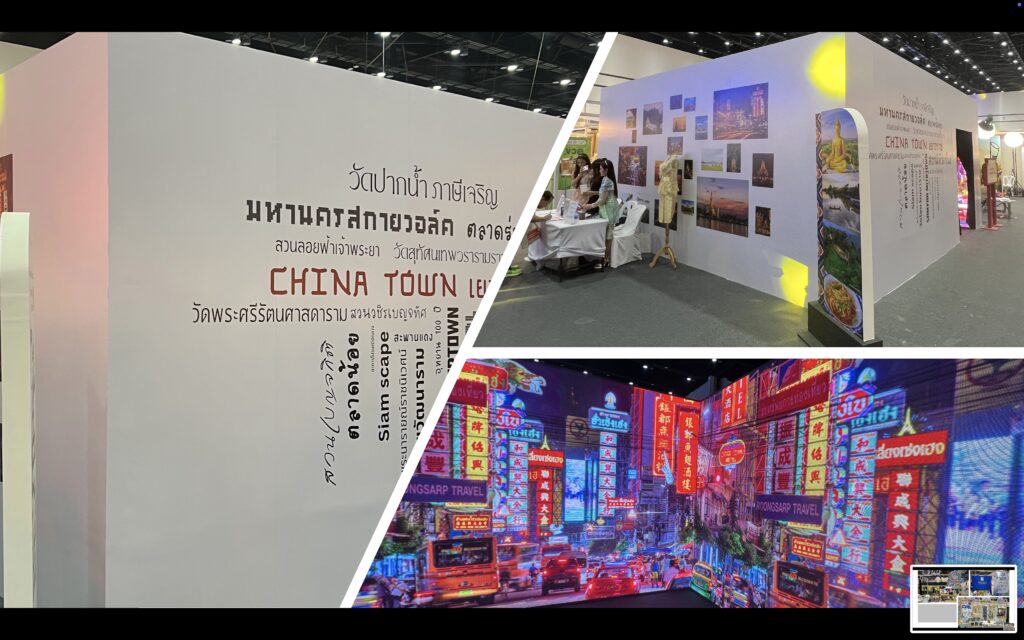
The food stalls were the most popular, followed by the music-and-dance performances. Stalls selling handicrafts, apparel, etc., were less popular. Least popular were the booths of the Ministry of Tourism & Sports and other government agencies.
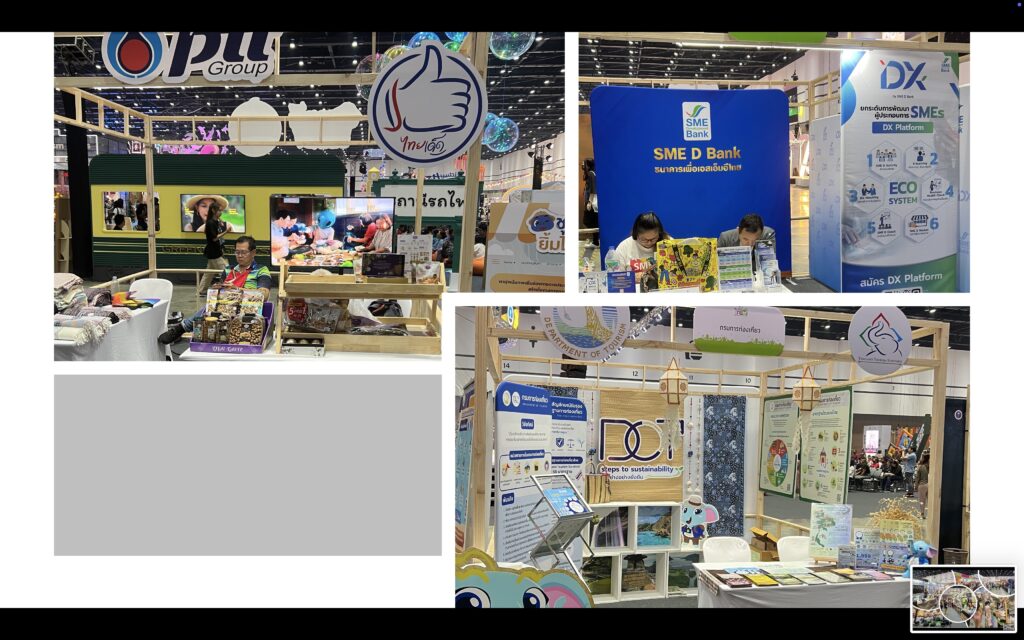
A prominent exhibit of doves — the bird of peace — swirling around a tower highlighted the SDG#16 Peace agenda, in line with what is gradually becoming a global movement.

In September 2024, World Tourism Day was marked under the theme of Tourism and Peace. At the ITB Berlin just a few weeks ago in March, attended with great fanfare by a large Thai contingent, the tourism ministerial session was on the same theme.
To better understand the tourism<>peace linkage, Thailand only needs to take a look across its western border at Myanmar, a Buddhist-majority country with equally appealing natural and cultural assets. Tourism to Myanmar is in the doldrums. Its military dictatorship is at war with its minorities. One of the junta leaders has been hit with an arrest warrant by the International Criminal Court for human rights violations.
If peace takes hold in Myanmar, it could quickly become the flavour of the month. Thailand would be a perfect partner for air-land-sea tours linking the two most strategically located countries in Southeast and South Asia. The entire region would boom.
Another Buddhist-majority country which has learned, albeit slowly, from its tragic experience is Sri Lanka. After two decades of sectarian ethnic violence, it is now resurging strongly after restoring peace and democratic traditions.
Indeed, Thailand was dealt a grim reminder of how peace, tourism and the country as a whole can be disrupted by an unpredictable Act of God.
On March 28, thousands of TTF participants fled for safety after the March 28 earthquake shook the Queen Sirikit convention centre. As Thailand knows well, acts of man such as military coups and political confrontations are also disruptive factors in their own right.
Bottom Line: In today’s risky and dangerous global environment, preserving all forms of peace is far more important for the future of tourism than preserving the planet. Travel shows need prioritise this movement.
During the Festival, it was a pleasure to catch up with TAT Governor Mrs Thapanee Kiatphaibool, my favourite personality in Thai travel & tourism.

I have known her since she joined the TAT as a junior staffer in 1999. She knows me well enough to share with me how much pressure she is under from the Thai political leadership, the private sector, provincial governors and government agencies to deliver results in the face of formidable external and internal obstacles.
She needs all the help she can get. The best way the people of Thailand can help her to help them is by honouring the spirt of the Thailand Tourism Festival and preserving national peace, harmony and unity — the bedrock of Travel & Tourism in Thailand and beyond.
